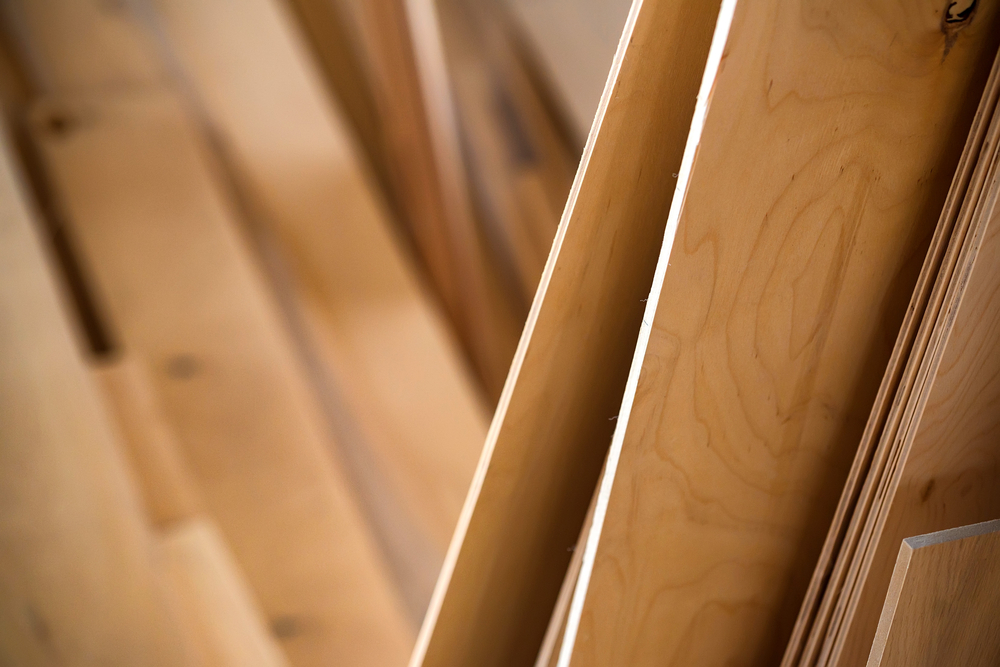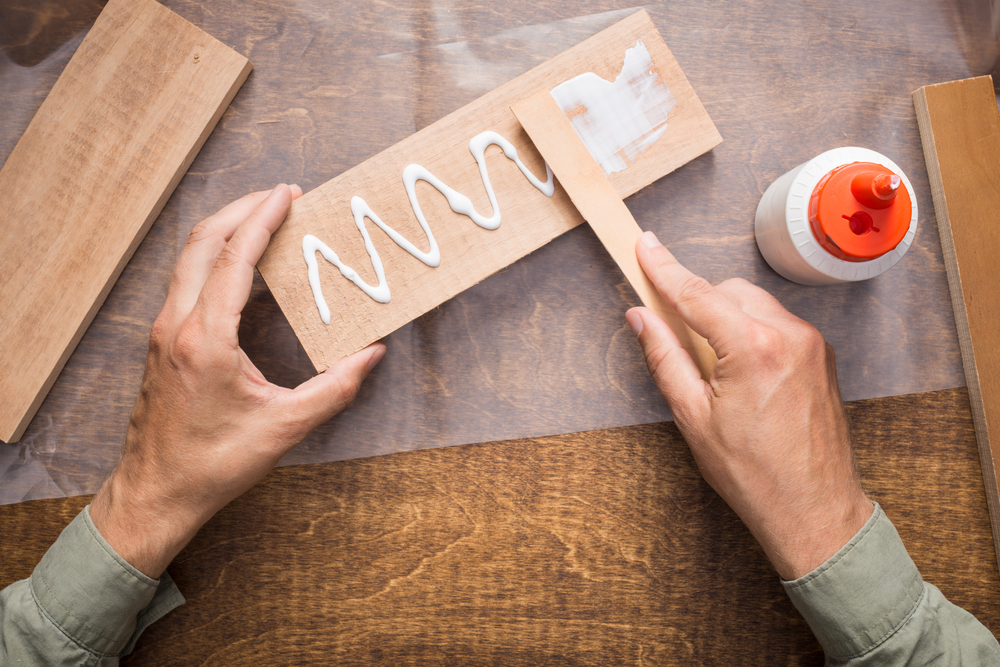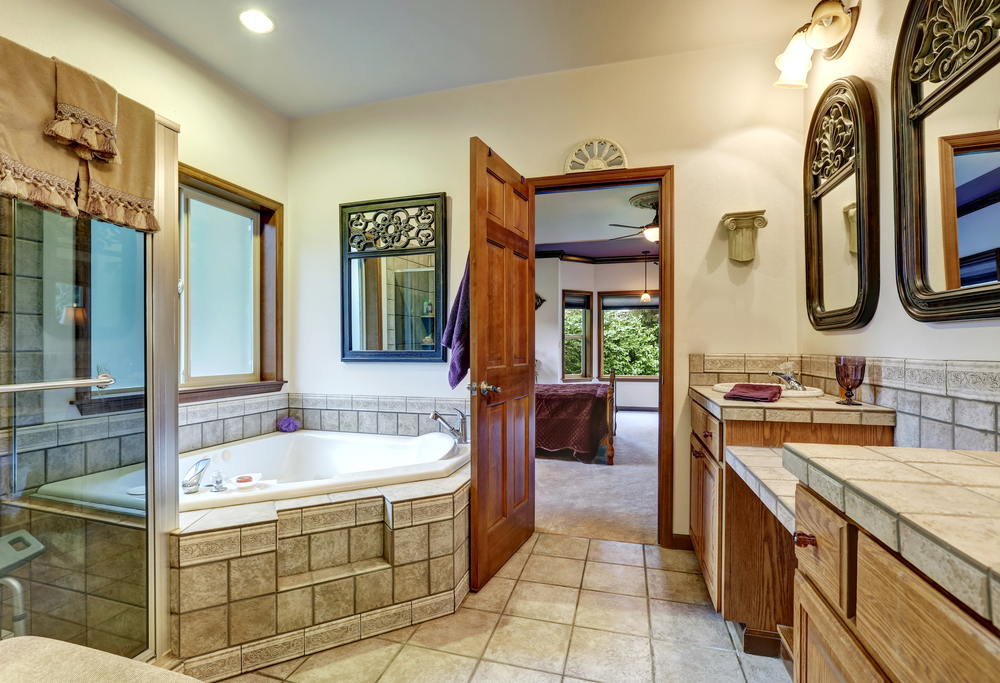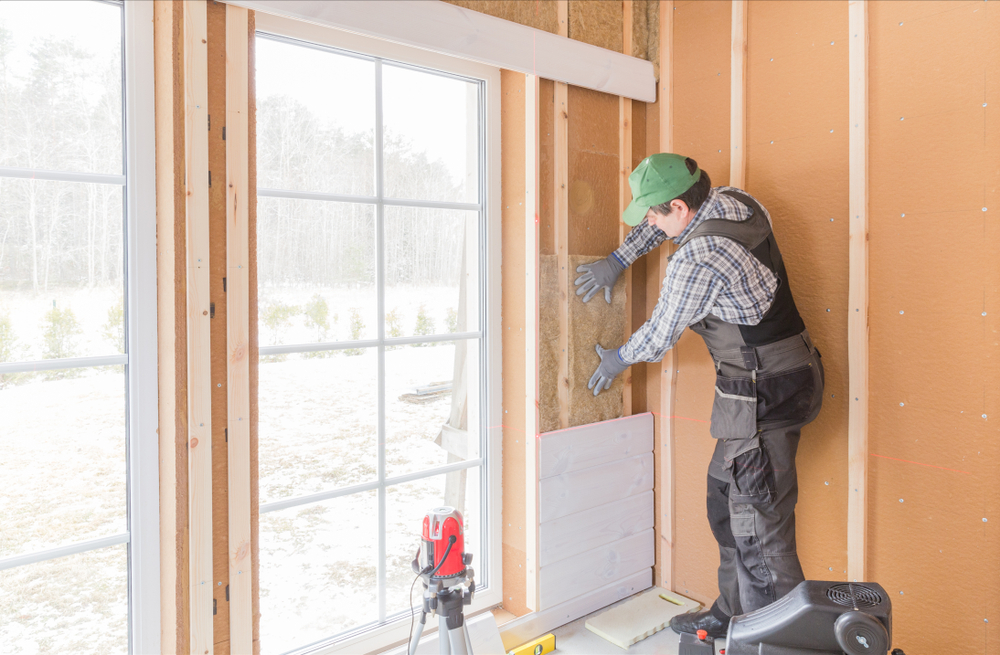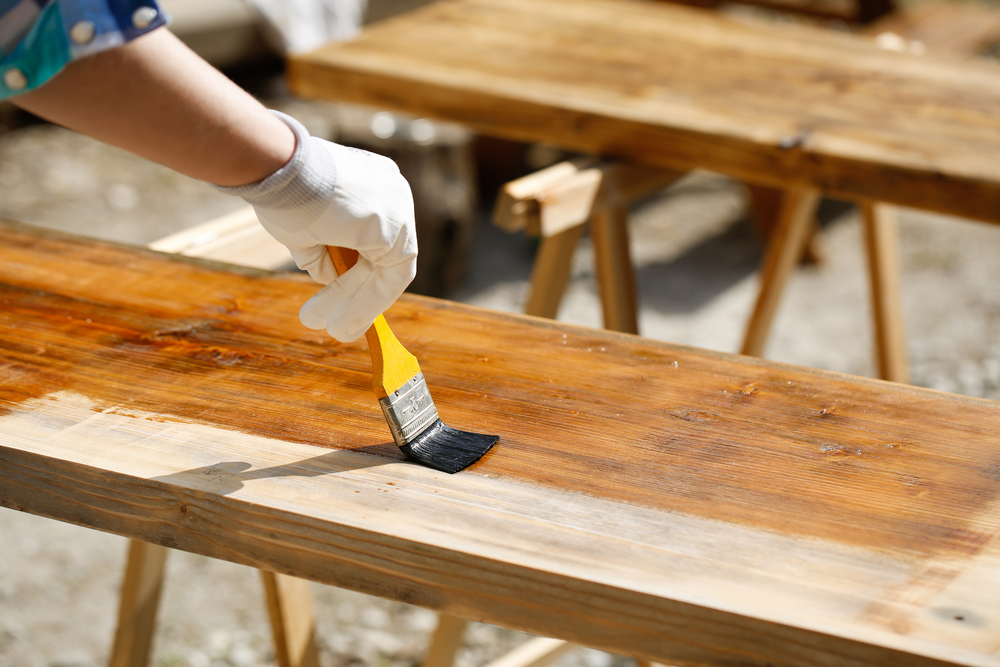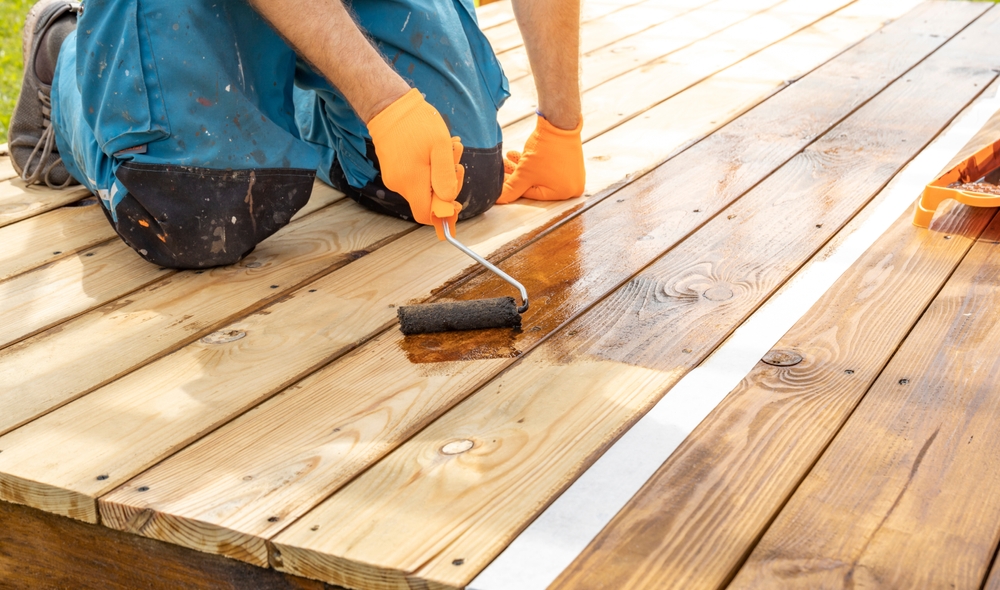OSB vs Plywood
When it comes to construction and home improvement, materials matter. Two common choices for sheathing, subflooring, and roof decking are OSB (Oriented Strand Board) and plywood. Both have their loyal adherents and distinct use cases. Understanding their properties, strengths, and limitations empowers better decision-making especially in cost-management and long-term durability.
Understanding OSB and Plywood
OSB is a type of engineered wood made from compressed wood strands. The strands are bonded together with adhesives under high pressure and temperature. This process gives OSB its characteristic composition and surface texture. This uniformly compact sheet offers a stable and resilient building material.
Plywood is made by gluing together thin layers (or “plies”) of wood veneer. The layers are bonded with adjacent plies having their wood grain at right angles. This cross-graining technique enhances plywood’s strength, reduces the tendency to split, and minimizes expansion or shrinkage. Plywood’s smoother surface is also an aspect worth noting.
Manufacturing Process
The manufacturing of OSB involves several steps. Wood is debarked and broken into strands. The strands are dried and mixed with wax and adhesives. They are oriented in layers to form a mat, with each layer having strands aligned in the same direction. The finished mats are hot pressed to form sheets. Because of this manufacturing efficiency, OSB often costs less than plywood.
Plywood production involves peeling logs into thin veneers. These veneers are dried and cut to the desired dimensions. The sheets are coated with resin and layered in a cross-grained structure. This cross-liability means the fibers of one layer are perpendicular to the other, creating a sheet of improved structural stability.
Comparing Strength and Durability
OSB typically has more consistent strength across its surface because of the uniform strand alignment. It performs well in shear wall applications and flooring. It tends to resist warping under heavy loads. OSB’s high density can also be a downside, as it makes the material heavier per square foot.
Plywood, with its perpendicular grain pattern, has strong tensile strength. This means it stands up well to being pulled or stretched. Plywood’s composition helps it withstand impacts and holds screws more effectively. However, if plywood isn’t protected from moisture, the laminated layers can peel apart.
Water Resistance and Weathering
Neither OSB nor plywood is completely waterproof. OSB’s structure, while generally stable, is more susceptible to swelling and edge blisters if exposed to water over time. Manufacturers often apply a wax coating to enhance its water resistance, but prolonged exposure can still cause deterioration.
Plywood has been traditionally favored for its water resilience. It’s often used in areas prone to moisture. Marine-grade varieties undergo additional treatments to resist water penetration. Nonetheless, caution must be taken as plywood can suffer surface staining or delamination if exposed to water persistently.
Cost Considerations
Price is an important factor in the choice between OSB and plywood. OSB typically offers a cost advantage over plywood. Its efficiency in manufacturing translates into lower initial costs. This makes it an attractive option for budget-conscious projects, especially in large-scale constructions.
Plywood, with its layered construction process and varied wood types, tends to be more expensive. However, its lifespan, performance, and ease of finishing can justify higher costs in many projects. It’s important to weigh immediate budget against long-term benefits when choosing materials.
Applications in Construction
OSB works widely in wall sheathing, roof decking, and subflooring. Its spanning ability allows it to be used effectively in wide panels. OSB can also be used in structural insulated panels (SIPs) which consist of an insulating foam core sandwiched between OSB sheets. This application maximizes its insulating properties.
Plywood finds utility in projects requiring high structural integrity. It’s commonly used in cabinetry, furniture, and interior design due to its smoother surface. Plywood can also serve a critical role in load-bearing walls and ceilings. Such versatility accounts for its steady popularity in various architectural styles.
Environmental Impact
Both OSB and plywood come from renewable resources, but they differ in their environmental footprints. OSB tends to use wood strands from fast-growing trees. These trees regenerate quickly in managed forests. The minimized wood waste in its production further underscores its eco-friendly profile.
Plywood production often involves slow-growing hardwood species, contributing to its higher cost and environmental impact. Sustainable forestry practices mitigate this impact, but selecting plywood still requires conscious sourcing. Choose products labeled with credible sustainability certifications.
Ease of Installation and Working Properties
OSB’s consistent texture and lack of defects make cutting, drilling, and fastening more predictable. However, its density can make it more labor-intensive, affecting installation time. Care must be taken to protect OSB from moisture during storage and handling to avoid premature damage.
Plywood’s consistent dimensions mean it can be easily adjusted on-site with basic tools. It’s lighter than OSB on average, simplifying manual handling. Plywood’s edge-holding capability is top-notch which makes it a favorite for construction requiring frequent nail or screw insertion.
Aesthetic Qualities
OSB has a unique industrial look that is sometimes desirable in raw or rustic designs. However, its texture may not suit all finishing purposes. For formal applications, additional layers of treatment or coverings may be required.
Plywood offers a more polished appearance and can easily be stained or painted. Its fine grain texture and uniform surface appeal to many for detailed applications. The variety of plywood types available allows for greater creativity and customization in project designs.
Fire and Pest Resistance
Both materials can be treated with fire-retardant chemicals. However, the inherent resin in OSB can sometimes present a slower initial ignition under direct fire exposure. Plywood, when treated, can offer higher charring resistance compared to untreated varieties. Correctly treated materials play a key role in maintaining safety compliance.
Pests, particularly termites, can be a concern with any wood product. Treated OSB and appropriate choice of plywood species or treatments typically offer good resistance. Prevention of pest infestation can be managed adequately through proper site selection and construction practices.
Conclusion
Choosing between OSB and plywood often boils down to specific project needs, environmental exposure, budget constraints, and personal preferences. Each material delivers core functionalities essential to building and renovation works. Fully understanding their characteristics and performance traits assist significantly in making an optimal choice.

